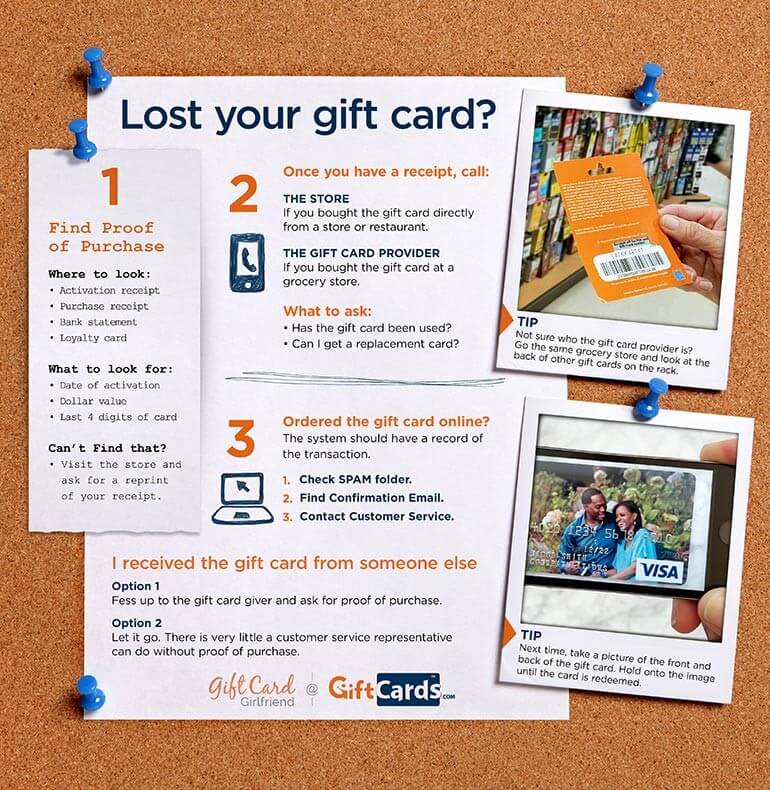Personalized glass products can share a feeling of sophistication, beauty and brand identity. Font choice plays a vital duty in developing the tone of an inscription, especially when creating corporate gifts or turning point events.
Modern sans-serif font styles use a well balanced visual for inscriptions that communicate advancement or forward-thinking brand name identifications. Try pairing them with traditional serifs to bring a much more creative flair to your designs.
1. Flared or Flowing Details
Engraving on glass offers a selection of layout alternatives. For rounded things, such as containers or jars, utilizing a rotating accessory permits consistent and even inscribing throughout the surface. Inscribing from the within the glass enables a more subtle, ornamental look or even a full-color paint fill.
Spirited typefaces stimulate energy and charisma, making them perfect for brands that aim to attract attention and reverberate with target markets. The overlapping, interlocking and weaving of letterforms create a feeling of activity or depth in typography that captures the audience's focus and intrigue.
Clarity is an essential factor to consider when picking a font style for glass engraving. Choosing the appropriate size, weight and spacing permits simple reading at any type of angle or range. Font style additionally plays a role, with manuscript and decorative typefaces providing an official or elegant appearance, while handwritten font styles supply a much more individual touch. Variable fonts allow developers to integrate a selection of styles and weights in a file, which aids maintain uniformity and ensures that the message or graphics are still understandable.
2. Distorted or Altered Type
Embedding altered text within a style is a reliable way to add personality and make the design stick out. This design has ended up being specifically popular for logos and brief taglines, as it gives off a sense of character while also appearing contemporary and one-of-a-kind.
Glass distortion is a common issue that can take place during production, handling or installment of curved glass panels. It can be triggered by the level panel being rolled right into a curved shape, bending the glass while warming it or throughout installation.
One method to minimize the event of glass distortion is by using a premium bent laser engraving machine with a rotary accessory. This technique permits you to trace the surface of the rounded panel with a marker and afterwards gauge the distortion. Afterwards, you can use this info to establish exploring frosted glass proper resistances for the bent panel. This process is time consuming, however, and would be a lot more effective if maybe automated.
3. Loosened up Typography
As homes and offices shift towards minimalist aesthetics, etched glass uses a classy choice for including texture to a space. Its subtle charm is ideal for a contemporary interior decoration and matches the current glass production fads.
Making use of CNC laser modern technology, detailed patterns can be engraved into glass surfaces, with designs ranging from geometric to organic. This freedom allows developers to develop unique, imaginative job and satisfy a wide range of applications.
Unlike other attractive products, personalized glass is distinctive and connects with light to change the setting of an area. This particular pulls in a specific niche market of collection agencies and raises glasses to the status of art. The global glass engraving market is expanding as a result of the climbing need for customized gifts and bespoke architectural elements. Technological advancements and the surge of on-line markets are likewise driving market growth. However, the high first financial investment expenses of sophisticated glass engraving machines restrict market infiltration.
4. Unintelligible Type
Engraved glass is an attractive and useful type of art that evokes an elegant feeling. From engraving the couple's names on wedding sparkling wine glasses to producing business awards, inscribing glass is a prominent and flexible way to develop a special product for individual or industrial use.
Glass inscription is normally done by using one of numerous methods, including sandblasting, acid etching, and laser inscription. Sandblasting is commonly used for high-volume manufacturing, balancing cost-effectiveness with top quality, while acid etching supplies higher degrees of detail and precision for even more premium applications. Laser etching supplies one of the most flexibility and rate for mass personalization of glass products, driving technology in the market.
Selecting the right laser engraver for glass can make all the distinction in your finished item. The Gweike Cloud Pro, for instance, is a fantastic selection for professional glass laser inscription, with its industrial-grade elements, curved inscription capabilities, and clever batch handling. Adding dampened paper towel or application tape to your work area can additionally help prevent the surface area from becoming harsh, guaranteeing a smoother and extra constant engraving.
